- As we saw, most conventional air fresheners contain chemicals such as formaldehyde, petroleum distillates, 1,4 dichlorobenzene and aerosol propellants.
- These chemicals are linked to skin and upper respiratory allergies and may lead to serious diseases.
- Formaldehyde is classified as a human carcinogen by the International Agency for Research on Cancer.
- Phthalates are hazardous chemicals known to cause cancer, hormonal abnormalities, birth defects, and reproductive problems. A study performed by the Natural Resources Defense Council (NRDC) found that 12 of 14 common household air fresheners contained phthalates and that none of them listed phthalates as an ingredient.
- The study indicates that may air fresheners currently being used are a threat to public health. US National Institute of Health (NIH) found that exposure to a VOC called 1,4 dichlorobenzene found in many air fresheners may be harmful to the lungs.
- Another chemical present in air fresheners is terpene, which when exposed to the air creates formaldehyde.
- Regulations:
- Air freshener manufacturers are not required to list ingredients in their products. The 2007 NRDC study on air fresheners resulted in a petition to the Environmental Protection Agency (EPA) and Consumer Product Safety Commission (CPSC) to more tightly regulate air fresheners.
- DIY home fresheners are healthier alternatives. You control the ingredients and save money at the same time.
- Cinnamon has the best natural disinfectant properties and smells wonderful too.
- Baking Soda will neutralize and absorb odors.
- Baking soda cinnamon air freshener:
- Mix
- 2 Tbsp baking soda
- 2 or 3 cups of water
- 7 drops cinnamon essential oil
- 3 drops orange essential oil
- Optional: Add a few orange peels
- Pour the mixture in a spray bottle and spray where needed.
- It is not recommended to use cinnamon around infants.
- For 3 years old and older kids: Cinnamon and cinnamon oil are okay to use, as long as cinnamon oils are only used in natural diffusers and room sprays.
- Tips: Opening your windows at least 10 minutes a day is highly recommended. It creates airflow as stale air is bad for you.
- Introducing air purifying and filtering plants can help detoxify the air as well.
- For a vinegar detox air freshener.
- REFERENCES:
- 1. Natural Resources Defense Council (NRDC). ” Protect your family from the hidden hazards in air fresheners.” Web. 01 September 2013.
- 2. US National Institute of Health (NIH). ” Chemical in many air fresheners may reduce lung function.” Web. 01 September 2013.
- 3. The 2007 NRDC study “Common air fresheners contain chemicals that may directly affect human reproductive development.” Web. 01 September 2013.
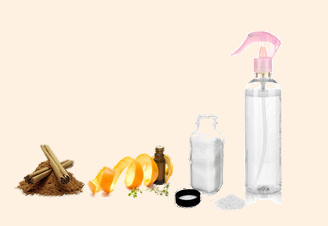
Baking soda cinnamon air freshener
by Stepy —
September 16, 2013
Join Our Newsletter!
By submitting this form, you are consenting to receive marketing emails from: . You can revoke your consent to receive emails at any time by using the SafeUnsubscribe® link, found at the bottom of every email. Emails are serviced by Constant Contact




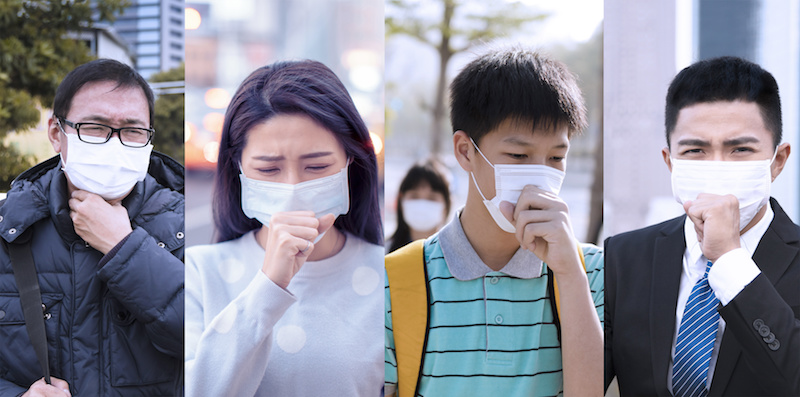


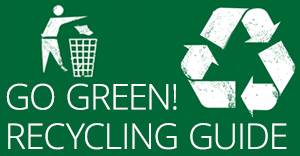
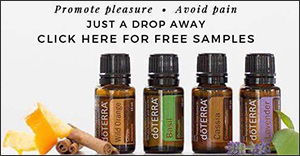




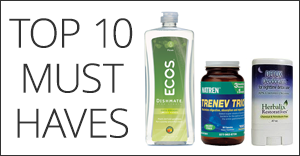



4 Comments